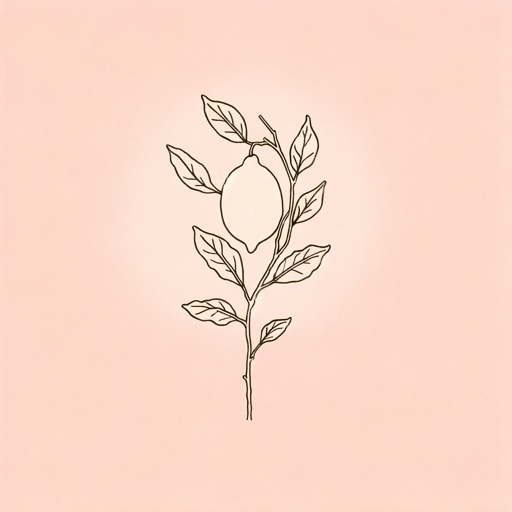47 pages • 1 hour read
Sandy TolanThe Lemon Tree: An Arab, a Jew, and the Heart of the Middle East
Nonfiction | Biography | Adult | Published in 2006A modern alternative to SparkNotes and CliffsNotes, SuperSummary offers high-quality Study Guides with detailed chapter summaries and analysis of major themes, characters, and more.
Symbols & Motifs
The Lemon Tree
The lemon tree that Ahmad, Bashir’s father, plants in his house in al-Ramla in the 1930s has several meanings in the book. First, it symbolizes the Khairi family’s connection to their land. The tree takes several years to bear fruit, and Ahmad plants it with the thought that he and his family will remain on their land to see it bear fruit. Later, when Dalia’s family moves into the house, they enjoy the lemons and plant other trees, symbolizing their own connection to the house and to the land. Dalia gives several lemons to Bashir when he visits in 1967, and Ahmad keeps these as prized possessions, memories of his lost house, and a hope to return home. Later, the lemon tree dies, symbolizing the withering of Dalia’s and Bashir’s friendship, but Dalia plants another tree, hoping for the regrowth of her relationship with her friend.
The House in al-Ramla
The house where Dalia grows up in al-Ramla was built by Bashir’s father, Ahmad. It was a sanctuary for Bashir and the Khairi family, and, later, it became a sanctuary for the Eshkenazi family, who arrived as Jewish refugees from war-torn Europe in the late 1940s. When Bashir visits the house again in 1967, he realizes that he and Dalia had the same room, symbolizing the bridge and connection between them.

